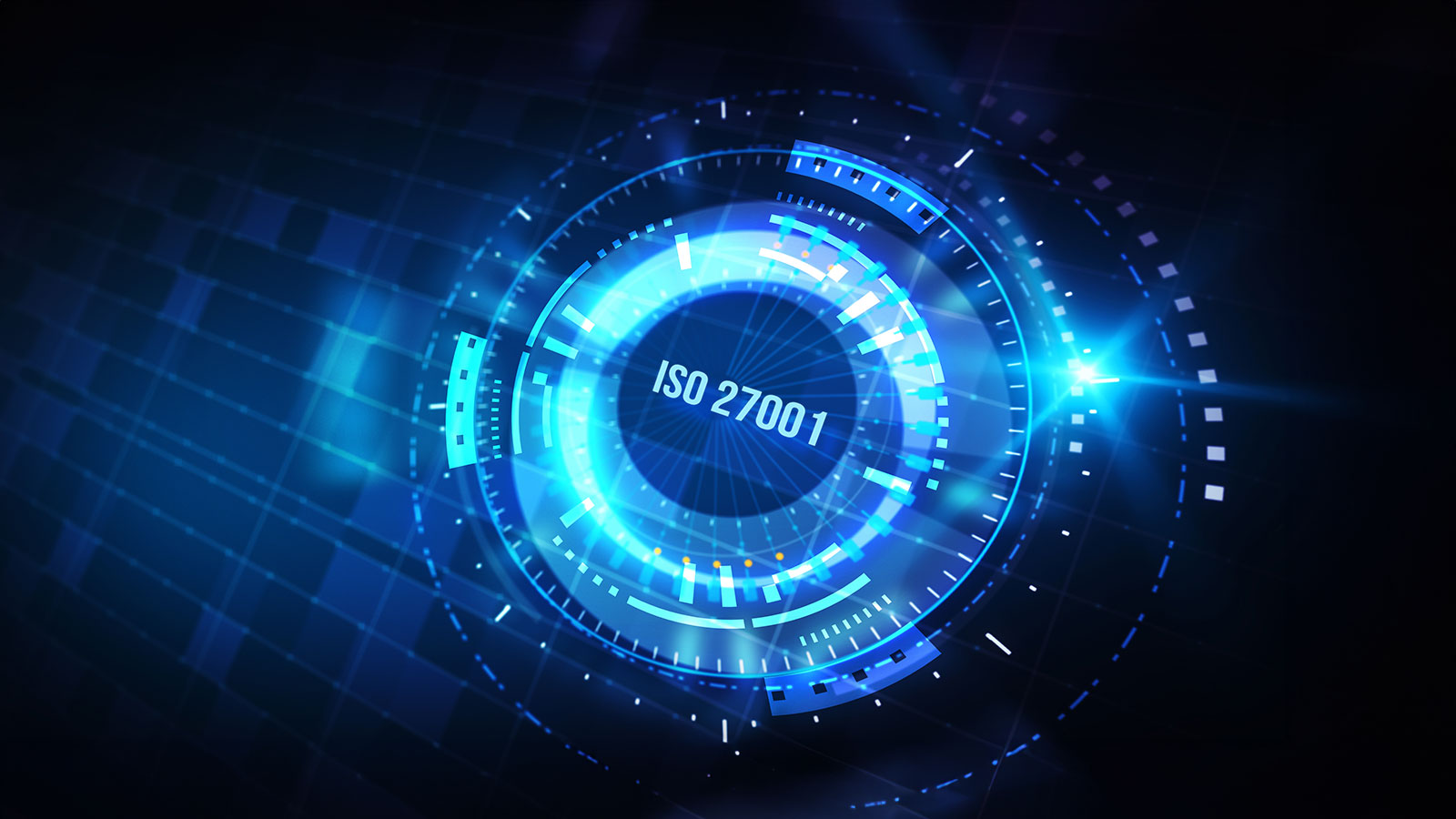When Climate Change Hacks Your Cybersecurity: The Hidden ISO 27001 Update
Never miss a thing.
Sign up to receive our insights newsletter.

The world’s best-known standard for cybersecurity, ISO 27001, has undergone a significant update with the transition from ISO 27001:2013 to ISO 27001:2022. Organizations must complete this transition by October 31, 2025, to maintain certification. However, beyond the technical and operational requirements for information security, the latest updates introduce a crucial element: climate change considerations. This shift reflects a broader trend in ISO standards, integrating climate risk into management system frameworks.
Understanding the Transition to ISO 27001:2022
As part of the transition to the new standards, organizations must undergo an ISO 27001 transition audit with a certification body. This audit ensures that an organization understands the differences between the 2013 and 2022 standards. Depending on the timing of a company’s next surveillance audit or recertification audit, scheduling the transition audit early is crucial to avoid competing for finite audit resources as the deadline approaches.
Wherever you are in your transition journey, engaging with a certification auditor early helps align timelines and prioritize required activities such as risk assessments and internal audits. If an organization is pursuing ISO 27001 certification for the first time, compliance with the 2022 standards is mandatory, as the last date to receive certification under the 2013 standards was April 30, 2024.
For organizations with an existing 27001:2013 certification, the three-year transition period ends on October 31, 2025. After this date, all ISO 27001:2013 certificates will be invalid, regardless of their listed expiration date. Certification bodies have already begun adjusting expiration dates accordingly to align with the transition deadline.
Climate Considerations in ISO 27001 and Other Management System Standards
A joint communiqué from the International Accreditation Forum (IAF) and the International Organization for Standardization (ISO) has emphasized the need for climate change considerations in management system standards (MSS), including ISO 27001.Under the updated requirements, through evaluation of clauses 4.1 and 4.2:
- Organizations must determine whether climate change is a relevant issue in their context. (4.1)
- Stakeholder expectations related to climate change must be identified and addressed within the management system. (4.1)
- Relevant interested parties can have requirements related to climate change that may need to be addressed. (4.2)
While these changes may not fundamentally alter cybersecurity risk management, they signal an important shift in how companies should integrate climate resilience into their operations. Cybersecurity risks do not exist in isolation — physical climate threats such as extreme weather events and natural disasters can impact IT infrastructure, supply chains and business continuity. These factors make climate risk a relevant issue even within an information security framework.
Preparing for Climate Considerations in ISO 27001 Certification
The inclusion of climate change in ISO 27001 underscores the growing importance of enterprise-wide risk management. For organizations seeking certification, understanding and addressing climate risks is no longer an optional consideration. A structured approach is essential to ensure compliance and enhance resilience. Below is an overview of a climate risk assessment that could support your organization in addressing climate risks within your information security management system (ISMS).
Climate Risk Assessments
A third-party climate risk assessment will determine whether climate change poses a material risk to an organization’s information security management system. This includes evaluating external and internal risk factors, supply chain vulnerabilities and business continuity threats associated with climate change.
- Physical climate risk evaluation: A physical climate evaluation assesses exposure to natural disasters and climate-related hazards by leveraging risk scores from the Federal Emergency Management Agency (FEMA) and other geospatial risk databases. This analysis identifies acute risks such as hurricanes, floods, wildfires and extreme heat events that may disrupt operations and IT infrastructure. Chronic risks, including rising temperatures, sea-level rise and long-term shifts in weather patterns, are also evaluated through scenario modeling using Representative Concentration Pathways (RCPs) and Shared Socioeconomic Pathways (SSPs). These insights inform the prioritization of adaptation efforts, ensuring resources are allocated effectively to safeguard business continuity.
- Transition climate risk evaluation: Beyond physical risks, transition risks related to regulatory shifts, market expectations and technological advancements in response to climate change will be evaluated. High-emission scenarios may lead to increased operational costs due to carbon pricing, supply chain disruptions and stricter environmental regulations. Conversely, low-carbon transitions create opportunities for investment in renewable energy, energy efficiency and sustainable innovation. Following the evaluation, organizations can integrate climate resilience into their strategic planning, compliance frameworks and sustainability reporting.
Becoming ISO 27001 Certified: First Step — Gap Assessment
Outside of considering climate risks, becoming ISO 27001 certified is a large undertaking and requires everyone in the organization to be aware of the initiative and the policies, procedures and controls that are required to obtain and maintain certification. To get there, a great first step is to undergo a gap assessment. This begins with comprehensive analyses of existing adaptation and mitigation efforts as well as benchmarking against ISO requirements, industry best practices and evolving regulatory expectations. By evaluating these efforts, your auditor will identify areas where your organization needs to enhance their processes to meet the new ISO 27001:2022 standards. Once completed with this phase your auditor will guide you through the next steps to becoming ISO 27001 certified.
A Resource for ISO Certification Readiness
Whether you are currently ISO 27001 certified or are looking to become certified for the first time, Weaver can support you. By leveraging market research, industry-leading methodologies and independent assessments, Weaver enables organizations to confidently meet ISO 27001:2022 requirements and strengthen their risk management frameworks. If your organization is preparing for ISO 27001 certification or seeking to understand the implications of climate change considerations, Weaver is here to help. Contact us to explore how we can support your certification journey and enhance the resilience of your management systems.
©2025

